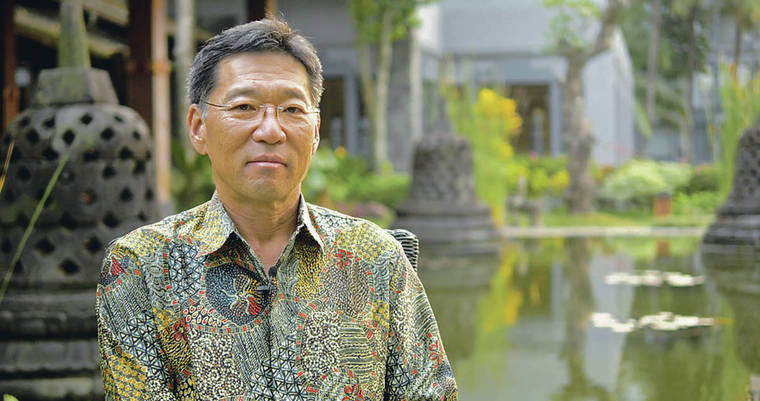Column: Poor data management worsens Hawaii’s COVID-19 crisis

Karl Kim, Ph.D., is professor of urban and regional planning at the University of Hawaii where he directs the Pacific Urban Resilience Lab and the National Disaster Preparedness Training Center.
As one who has spent my career studying disasters, the COVID-19 pandemic is shaping up to become an unmitigated disaster. A disaster is an event that overwhelms local capacity, requiring outside assistance. Because this is a global pandemic, we are largely on our own. With increased fatalities and potential exceedance of hospital capacity, COVID-19 may become our state’s worst disaster. As an island state, we did have the opportunity to bring the disease under control.
It is often said that the first casualty in any disaster is data. We need reliable, accurate, timely, comprehensive, actionable information on who has the disease, how they caught it, and how it is spreading in our community.
The management, sharing and communications of data on the disease have been deplorable.
In spite of the millions of dollars spent and emergency reallocations, vital information has been hoarded and kept from those who need it to protect families, employees, businesses and livelihoods. Rather than share data on positive tests, contact tracing, hospitalizations, insurance claims, the information as to the who, when, where and how of the pandemic has been hidden from view.
Lame excuses have been offered up. Difficulties in transferring timely data. Incompatibility of reporting systems. Privacy over public health concerns. Following the guidance of so-called experts. Complacency because of initially presumed success. Failure to anticipate spikes. Inability to protect our most vulnerable citizens. Thinking that this is just a public health problem rather than a failure in management, leadership and governance.
Where are the analyses to support decisions to shutter businesses or force schools to go online? Where is the evidence that closing beaches and parks will reduce the disease? Why aren’t data on the bad behavior of super spreaders or risky events shared with us? Why do we have to piece this together from limited media and social media posts or aggregate statistics lumped together at the zip code level?
Don't miss out on what's happening!
Stay in touch with breaking news, as it happens, conveniently in your email inbox. It's FREE!
In watching daily press conferences, the same tired information is repeated with little connection to protective action. General slogans such as wear a mask or wash your hands are offered rather than targeted identification and actions to curtail the disease. Why haven’t high-risk locations and activities been systematically identified? Why were gatherings of 10 or more targeted, only to be changed to five or more? Why haven’t the interactions and behaviors extracted from contact tracing been shared, analyzed and presented to motivate positive collective, corrective actions?
Stigmatization of the disease is a real problem. Yet, we need to bring it out in the open so that families and communities can work to contain it and protect those likely to be harmed. We need open, transparent data to take the necessary precautions as to avoiding physical contact and exposure and making informed choices as to work, school, church and social activities.
This is a crisis of data, analysis, and risk management. We need a renewed call-to-arms for data scientists, modelers, geo-spatial and statistical analysts to study, map, and figure out how the disease has spread and what can be done to contain it. We need the best and brightest minds and those committed to sharing data, tools and new technologies to fight COVID-19.
Five actions would help:
>> Establishment of a data clearinghouse for current integrated COVID-19 test, contact tracing, hospitalization and medical insurance claims data.
>> Focused quick analyses on the behavioral and locational attributes of those infected and spreading the disease.
>> Interdisciplinary teams of researchers, statisticians, and data scientists who are funded to conduct risk analyses but also review, critique and share analytical capabilities.
>> Integration of the mapping, modeling, risk assessment with planning and decision-making.
>> Widespread community engagement in all phases of data collection, analysis, implementation and evaluation of mitigation strategies.
Data-driven analyses and decision-making will help build trust and confidence in our efforts to combat this disease.
Karl Kim, Ph.D., is professor of urban and regional planning at the University of Hawaii where he directs the Pacific Urban Resilience Lab and the National Disaster Preparedness Training Center.




